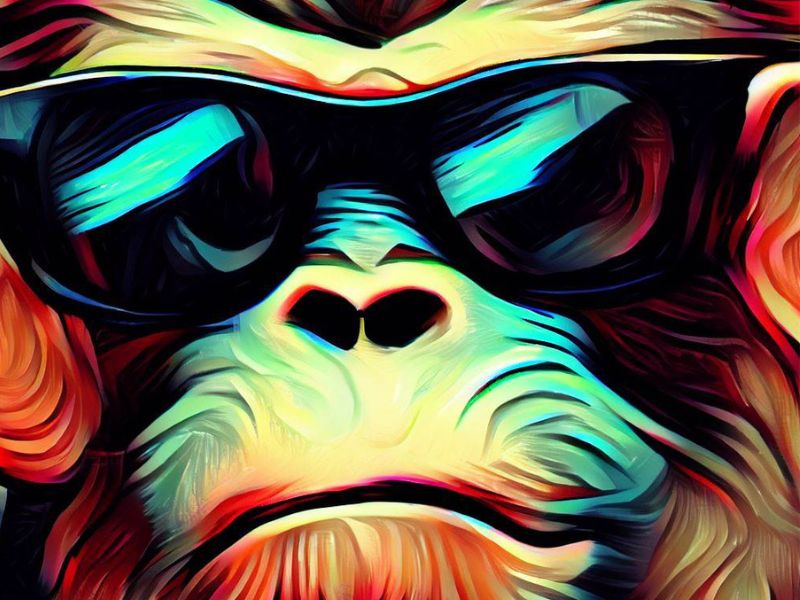The art world, often associated with its centuries-old traditions and tangible masterpieces, has witnessed an unprecedented transformation with the emergence of Non-Fungible Tokens (NFTs). These digital tokens have not only revolutionized the way art is bought, sold, and owned, but they’ve also redefined the very concept of artistic value and authenticity. NFTs have become a symbol of the art world’s evolution into the digital age, blurring the lines between the physical and virtual realms.
The Birth of a New Digital Asset
Non-Fungible Tokens represent ownership of unique digital assets, typically art, music, videos, or other creative works. Unlike cryptocurrencies such as Bitcoin or Ethereum, NFTs are indivisible and cannot be exchanged on a one-to-one basis. Each NFT is distinguishable from another, making them truly one-of-a-kind in the digital landscape. This uniqueness is achieved through blockchain technology, which ensures that ownership and provenance of the asset are securely recorded and transparently verifiable.
Disrupting the Art Market
NFTs have dismantled the traditional art market’s barriers to entry, enabling artists to directly engage with their audiences and monetize their work without intermediaries. This democratization of art ownership allows creators to receive a fair share of the proceeds from sales, challenging the historical power dynamics within the art world. Emerging artists, who were once overshadowed by established galleries and dealers, now have the opportunity to showcase their work on a global stage.
The Concept of Digital Ownership
One of the most profound impacts of NFTs is the concept of digital ownership. In the past, digital files were easily copied, shared, and downloaded, making it difficult to assign value to them. NFTs have introduced the concept of true ownership to the digital realm. When someone buys an NFT, they acquire a verifiable proof of ownership for that specific digital asset. This ownership extends beyond the digital file itself; it encompasses the history, story, and authenticity of the creation.
Expanding Artistic Boundaries
The rise of NFTs has encouraged artists to explore new avenues of creativity that were previously uncharted. Artworks can now be dynamic, interactive, and responsive, breaking free from the constraints of physical mediums. Virtual reality installations, augmented reality experiences, and generative art have all flourished within the NFT ecosystem. Artists are empowered to push the boundaries of their imagination, resulting in a renaissance of innovative artistic expression.
Challenges and Controversies
While NFTs have brought about remarkable changes, they have also raised concerns and controversies. The environmental impact of energy-intensive blockchain networks, the potential for copyright infringement, and questions about the long-term value of NFTs are all topics of debate. Additionally, the hype surrounding NFTs has led to speculative bubbles, where prices can become detached from the intrinsic value of the artwork itself.
The Future of NFTs in the Art World
As the art world continues to adapt to the digital era, NFTs are likely here to stay. Their ability to create a direct connection between artists and collectors, to enhance the concept of ownership in the digital realm, and to inspire new forms of artistic expression makes them a transformative force. However, the art world must navigate these changes carefully, considering the implications of technology, sustainability, and cultural shifts.
Non-Fungible Tokens have thrust the art world into a new chapter, marked by innovation, accessibility, and challenges. As artists and collectors embrace this evolution, the landscape of art appreciation and ownership will continue to evolve, shaping the way we perceive and engage with creativity in the digital age.
